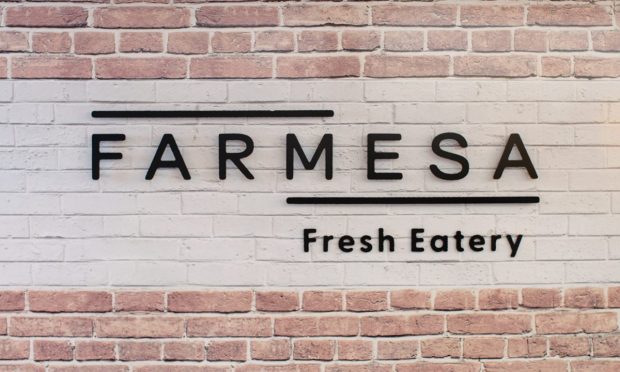Chipotle Targets Food Trends as Restaurants Woo Gen Z

As restaurants seek to attract younger consumers, Chipotle is exploring new menus and digital channels.
In an interview with PYMNTS, Nate Lawton, vice president of new ventures at fast-casual giant Chipotle Mexican Grill, which has nearly 3,200 locations across five countries, said that the brand is looking to engage these generations by tapping into emerging food trends. The company is trying out new restaurant brands, such as the recently launched Farmesa, which is currently being tested in one location in Santa Monica.
“With Farmesa, we are tapping into the fresh eatery food trend that is in demand among Chipotle’s target demographic, Gen Z and millennials,” Lawton said.
The move follows in the footsteps of other brands that have tracked the food preferences of these younger generations, targeting the types of menus they seek out such as plant-based options, customizable foods and wellness-focused offerings.
Notably, Gen Z is the least likely of all generations to make restaurant purchases, but their high digital engagement can make these consumers a valuable demographic nonetheless, and of course, securing their loyalty can be key to long-term success.
Research from PYMNTS’ study Digital Economy Payments: Consumers Buy Into Food Bargains found that in July, the most recent month on record, only 50% of Gen Z had made a restaurant purchase in the previous 30 days, down from 59% the month before. Millennials, meanwhile, are far more likely to order from restaurants, with 72% having done so in the same period, up from 71%.
That said, millennials and Gen Z consumers alike tend to be more comfortable with digital technologies than their older counterparts, enabling brands to gather their data and leverage strategies such as loyalty programs and targeted messaging to turn them into high-frequency customers, an opportunity that Chipotle is seizing on with its new concept.
The launch comes in partnership with virtual restaurant company Kitchen United Mix, available for pickup on the tech provider’s site and for delivery or pickup via third-party aggregators. Lawton explained that the goal is to leverage this digital focus not as an end in and of itself but as a way to gather information about how the brand resonates with those target demographics and expand its brick-and-mortar presence.
“Launching Farmesa in the Kitchen United Mix food hall and working with third-party partners for pickup and delivery will allow us to reach a large number of consumers, learn quickly and adapt accordingly,” he said. “Our goals are to continue learning on Farmesa and expand the concept beyond a virtual setting.”
Indeed, PYMNTS research finds that 69% of the Gen Z population and 71% of the millennials engage digitally with restaurants, according to data from “The ConnectedEconomy™ Monthly Series: Meet The Zillennials,” which draws from a November survey of nearly 4,000 U.S. consumers. These shares are far higher than the 54% of Gen X consumers and 30% of baby boomers and seniors who do the same.
As such, by targeting millennials and Gen Z, both in terms of their digital habits and their food preferences, restaurants have the opportunity to reach a highly engaged customer base and set the foundation for long-term loyalty.

